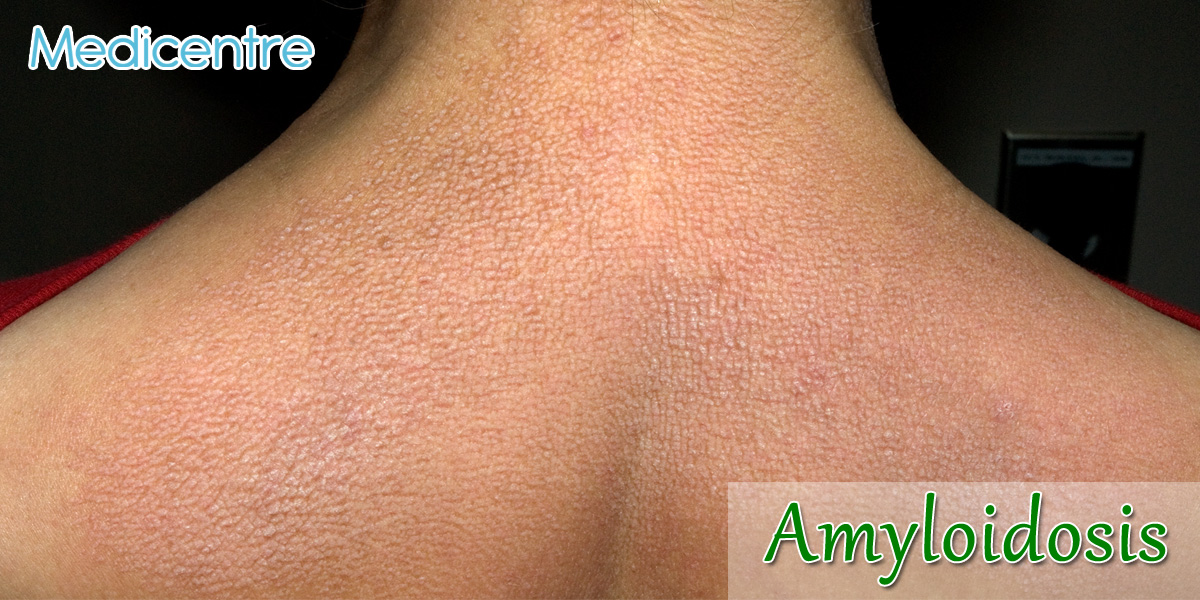Amyloidosis
It refers to starch-like and is actually proteins with an abnormal shape that stick together and settle in tissue. It is actually abnormal deposits of protein that are folded incorrectly.

CAUSES:
Thousands of proteins are folded in particular shape and incorrectly folds is destroyed by proteases. Amyloidosis is caused due to:
- The enormous amount of small fraction folds incorrectly in normal protein.
- Normal amount fold incorrectly in abnormal proteins
- Or there are too many folds that proteases cant destroy.
This all leads to the formation of Beta sheets that causes the deposit in extracellular space and causes damage and extra protein deposits.
Amyloidosis can be divided into:
- SYSTEMIC: involves multiple organ systems. It is further divided into: 1. PRIMARY: where amyloidosis is the main problem. 2. SECONDARY: the underlying disease is responsible for protein deposit.
- LOCALIZED: only one organ involvement.
Types of amyloidosis:
- AA AMYLOIDOSIS: caused due to another underlying disease such as Crohn's disease, colitis and affect kidneys, liver, GIT.
- DRA AMYLOIDOSIS: seen in older adults and long term dialysis patient and seen in bones, joints, and tendons.
- FAMILIAL AMYLOIDOSIS: rare form passed through families. It often affects the liver, nerves, heart and kidneys.
- SENILE AMYLOIDOSIS: is caused by deposits of TTR in heart and seen in older men.
- ORGAN-SPECIFIC AMYLOIDOSIS: causes deposits of amyloid protein in single organ including the skin.
SYMPTOMS:
- KIDNEY: swelling in face, ankles, and legs.
- HEART: palpitations and shortness of breath.
- INTESTINAL: malabsorption and weight loss
- LARGE TOUNGE: interference with speech, swallowing with noisy breathing
- NERVES: numbness, pain in fingers and toes, diarrhea and constipation, hypotension.
- GIT AMYLOIDOSIS: nausea, weight loss, loss of appetite, stomach pain
- AMYLOID NEUROPATHY: light-headedness, balance problems, sweating problems.
DIAGNOSIS:
- Biopsy
- Fat pad biopsy
- Imaging tests
TREATMENT:
There is no complete cure for amyloid deposits but few effective treatments include
- CHEMOTHERAPY: with the use of stem cells transplantation in removing amyloid deposits in primary AL amyloidosis.
- ANTI-INFLAMMATORY MEDICATIONS: used in secondary amyloidosis.
- LIVER TRANSPLANTATION: done in hereditary amyloidosis
- KIDNEY TRANSPLANTATION: effective in cases advised by the doctor.